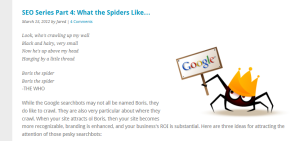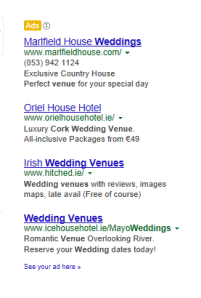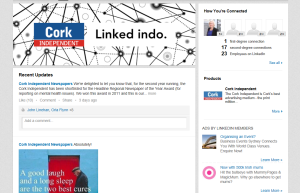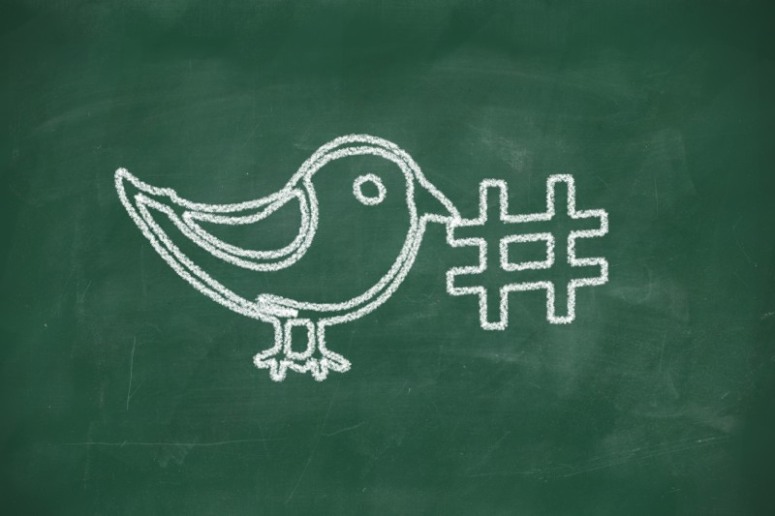So everyone knows about Search Engine Optimisation. Right??
Yes, it’s getting your website or a specific home page at the top of a search engine list. This is the “organic” search where no money is paid to the search engine and yet you’re still at the top or near the top. This of course in turn means extra traffic through your website.
So how do some companies do that? This is where the optimisation part comes in. These companies are making sure their sites are optimised or make sure that their sites contain the information that the search engine “spiders” (the programmes the search engines send out to read your website as part of the search) want.
These programmes want the best searches for their customers so when someone enters “pink neon wedding dress”, those spiders are going to be the best service provider ever and find the best quality and informative webpages with the words “pink neon wedding dress” and if that website has pictures or a video of a pink neon wedding dress that’s even better!
Interestingly, what some people don’t know is that can be done one page and off page. Off page you say, how is that possible?
Well to give a quick explanation of on page – this obviously refers to the website itself and making sure that that it is the best website that it can be. This refers to a number of things such as your layout, making sure it has separate pages for each subject, that your site layout is correct and that there are no error pages on the website (spiders hate error pages!!) and that the website is updated regularly and is weighty with relevant pictures and blogs and keywords. Don’t forget your alt words!
Off page is more interesting though. It’s basically other ways on line of adding weight to your website so that spiders find you more often. The more often these spiders find you and they like what they’re seeing, the higher you can go on their optimisation for their customers.
One of the best off page optimisation tools is getting links back to your page from other websites so loot at where you can have your website listed – yes you can pay for it, think golden pages or other directories. There are also other directories – if you are chemist near UCC maybe the student services could add you to their college information page for students. If they do, you’re on a winner as UCC is highly rated website and this will instantly add weight to your website. Where can you get your website listed to add weight? That’s up to you but do try to have a connection somewhere. Again, if the page naturally ranks high, it gives you a boost.
Koozai gives a good definition of linking here:
Other tools include social media as links from here to your website also adds weight.
An interesting thing is though that if you have interesting but relevant information on your website, other websites may link to you with you knowing it. This really helps with off page optimisation too.
The rule of thumb for optimisation, make sure your website is the best it can be and is updated regularly and has interesting content so that it will draw people to it and give them something to link to. Once you know your website works, get it on relevant website directories. And, if you work on those, the optimisation should take care of its self!
Here’s what a Google Spider Looks like……








